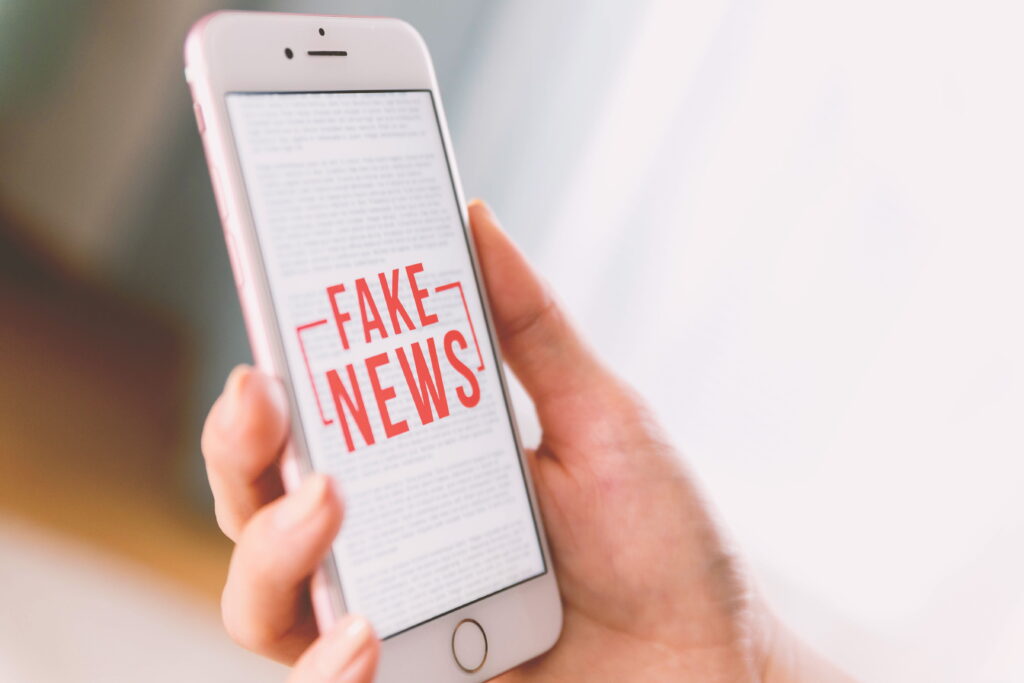The Issues that Come From Fake News
By Ethan Bruemmer

Fake news is the spread of misinformation (incorrect information not necessarily intended to harm, but instead to deceive), disinformation (incorrect information meant to harm), and mal-information (used to inflict harm and based on real events) amongst sources that do not coincide with the actual facts (UNESCO). Such as reports saying that Donald Trump won the 2020 election, and that late votes for Biden do not count (Feuer 2021). One great drive for the increase in fake news in the past 20 years has been the inclusion of technologies relating to news like social media.
There has always been fake news or misinformation that has been spread around as rumors or pushed as propaganda by a corporation or government. However, now we are seeing that this information can be spread rapidly especially through social media, as we have seen facebook be used as a tool to turn an election towards a certain president, spread lies about people on social media in hopes to discredit or harm them and even to spread lies in hope of enacting genecide against a group of people. The internet has also been used as a tool to spread misinformation as people utilize it to say that they have a cure to covid 19, or that vaccines are a ploy to control us. Mr George Papagiannis from UNESCO feels as though fake-news is something that should not even be referred to as fake news since it is not actually what the word was coined to intend. That’s why he defines it as disinformation and mal-information, where they are terms that are shedding light on the fact that it is not just news that is false (misinformation), it is news that is used to harm a group, or a person (disinformation), and sometimes is based on real events (mal-information).
In contrast, Papagiannis has also stated that there is some hope to stop the spread of misinformation, and for journalists to be able to take back the reins and control the narrative. Essentially they need to be able to reach their audiences in a more effective way than the other “fake news” sources do. This is hard for many news outlets to do, as he points out that many sources have struggled financially and cannot quite keep up as they have had to do mass firings. Facebook has also taken steps to combat fake news on its site, assisting journalists in reporting fake news on the site and helping other citizens to be able to recognize and report fake news (Wyss 2018 pp. 200). However, these companies like Google and Facebook need to take responsibility for the spread of fake news, and take more action to prevent people from searching something on the web and receiving fake news. It is even shown that these companies will show people what their algorithm has deemed to be something this person would be interested in, which can lead to someone only looking at one source for information and never seeing the actual facts because the web browsers do not present it to them.
Works Cited
Feuer, A. 2021. Trump Campaign Knew Lawyers’ Voting Machine Claims Were Baseless, Memo Shows. The New York Times


